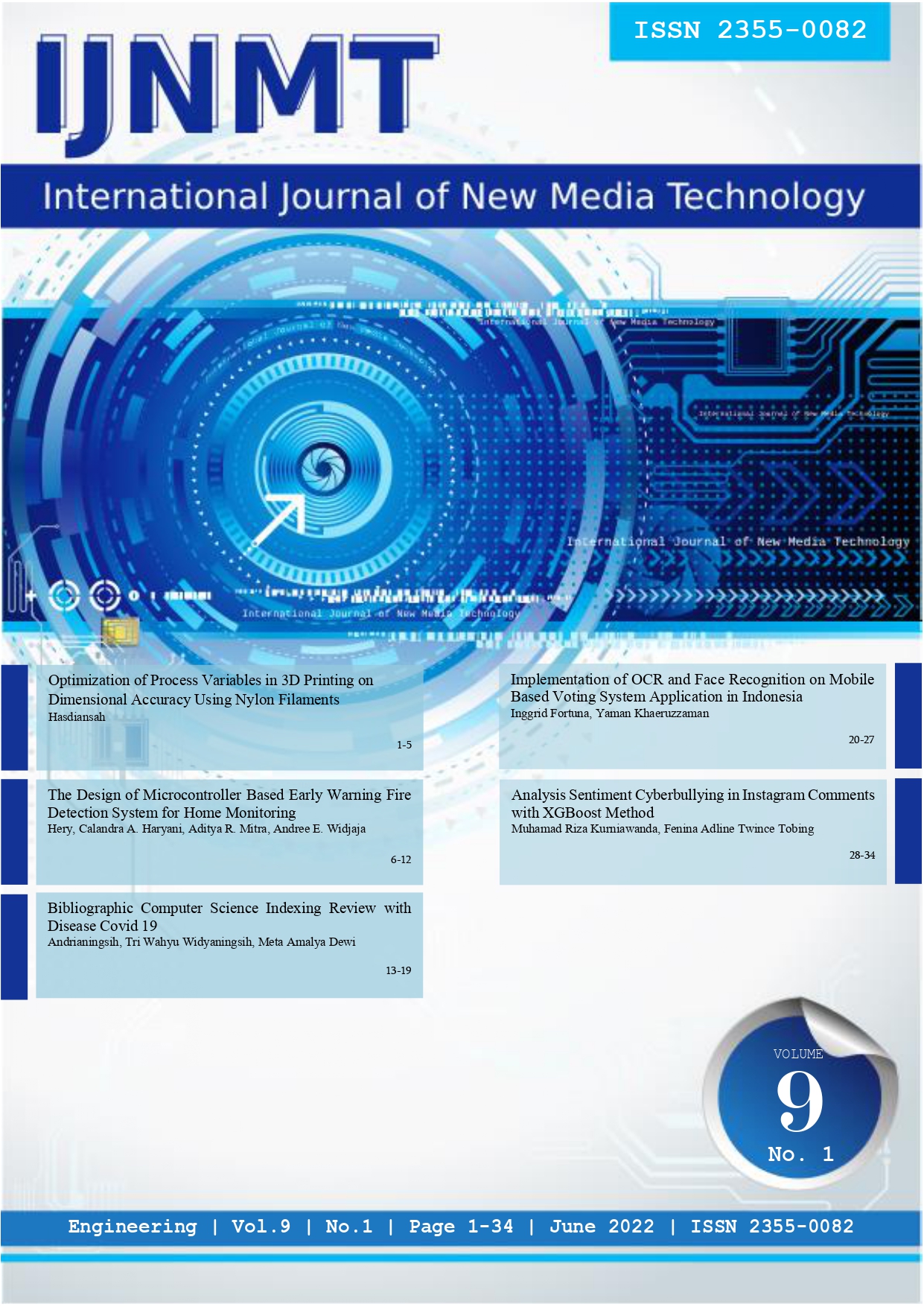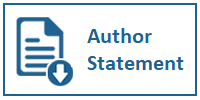Bibliographic Computer Science Indexing Review with Disease Covid 19
DOI:
https://doi.org/10.31937/ijnmt.v9i1.2509Abstract
Abstract - Researchers in conducting their research use the search using the homepage of the publication, according to expertise, collaboration in research, and research interests. And at this time the Covid 19 pandemic, became a trending topic for researchers, in various scientific fields. This study classifies based on publications located on the homepage source namely Scopus and Google Scholar, by analyzing the following topics, namely Natural Language Processing, Text Mining, Remote Sensing, and Sentiment Analysis using Name Entity Recognition to detect and classify named entities in text and using occurrence and link strength methods. The results showed science index literature about diseases Covid 19, obtained that Scopus has the most equitable percentage, has a good occurrence and link strength among the five scientific fields, namely Natural Language Processing 23.81%.33%, Text Mining 19.05%%, Remote Sensing 0 %, Sentiment Analysis 57.14 % then Google Scholar Natural Language Processing 51.35%, Text Mining 0 %, Remote Sensing 48.65 %, Sentiment Analysis 0 %
Index Terms : Information Extraction; Bibliographic indexing; Disease Covid 19
Downloads
Downloads
Published
How to Cite
Issue
Section
License
Authors retain copyright and grant the journal right of first publication with the work simultaneously licensed under a Creative Commons Attribution-ShareAlike International License (CC-BY-SA 4.0) that allows others to share the work with an acknowledgement of the work's authorship and initial publication in this journal.
Authors are able to enter into separate, additional contractual arrangements for the non-exclusive distribution of the journal's published version of the work (e.g., post it to an institutional repository or publish it in a book), with an acknowledgement of its initial publication in this journal.
Copyright without Restrictions
The journal allows the author(s) to hold the copyright without restrictions and will retain publishing rights without restrictions.
The submitted papers are assumed to contain no proprietary material unprotected by patent or patent application; responsibility for technical content and for protection of proprietary material rests solely with the author(s) and their organizations and is not the responsibility of the IJNMT or its Editorial Staff. The main (first/corresponding) author is responsible for ensuring that the article has been seen and approved by all the other authors. It is the responsibility of the author to obtain all necessary copyright release permissions for the use of any copyrighted materials in the manuscript prior to the submission.















